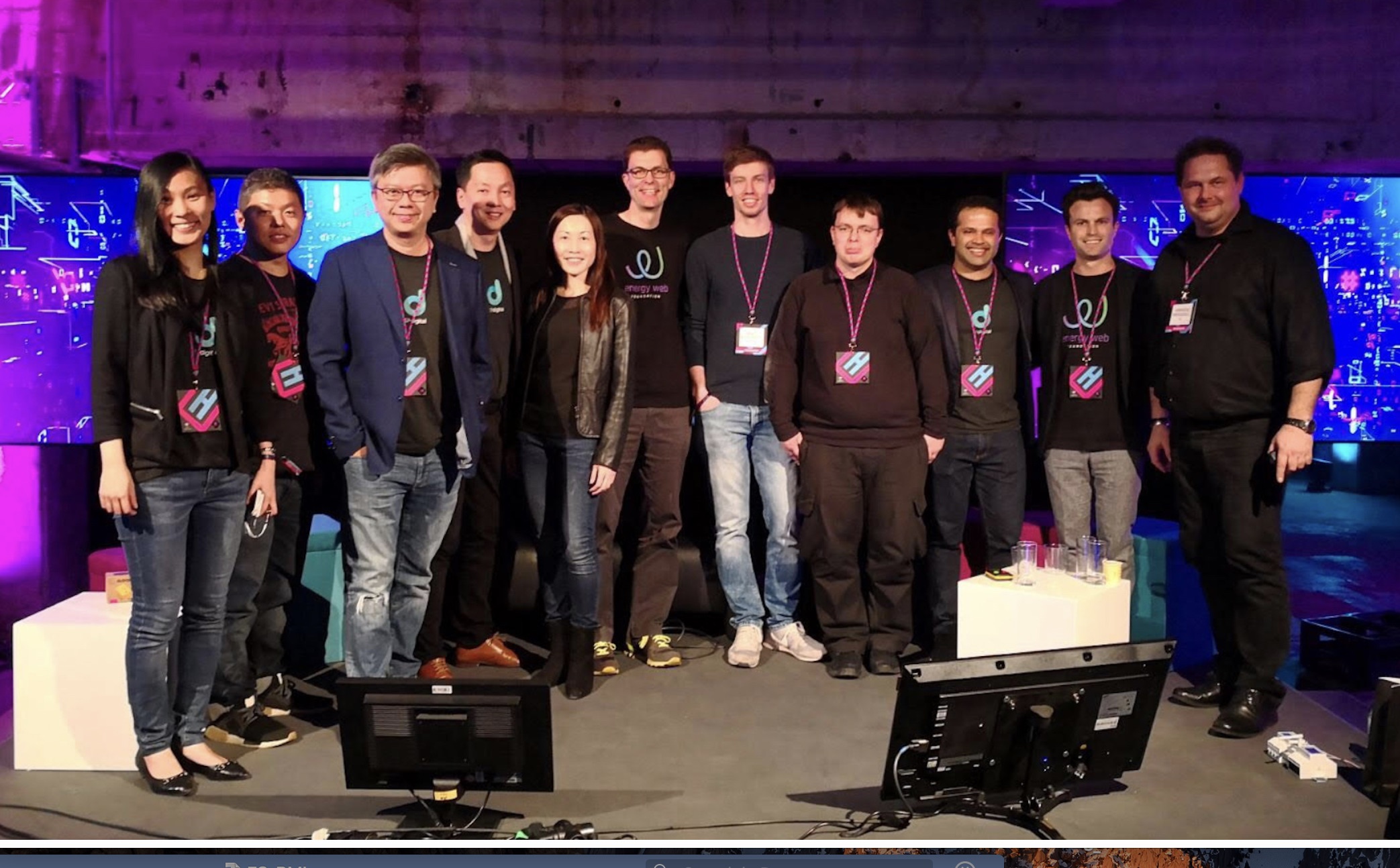Separating Hype from Reality: Blockchain-based, peer-to-peer energy trading
Dozens of companies, from small startups to major utilities, have claimed that "peer-to-peer (P2P) energy trading"- enabled by blockchain technology - could transform the architecture of electric grids everywhere. Many of these claims are dramatically overstating the case for what their technology, and blockchain as a whole, is capable of today.
To date, most claims of local P2P energy trading typically involve selling and buying the equivalent of distribution level renewable energy credits (RECs), or guarantees of origin. The "trading" equates to the exchange of solar attributes, but not a fundamental shift in the way the grid is operated or balanced.
A fuller achievement of P2P energy trading would come much closer to grid-edge transactive energy, where local generation and consumption from distributed energy resources (DERs) are balancing the distribution grid in real time. That's certainly on the roadmap, but as an industry, we have quite a way to go.
P2P hype about tomorrow's potential distracts from real value blockchain can add today
 Meanwhile, the heavy-on-marketing, light-on-substance claims surrounding P2P business models in the energy sector, are making it difficult for real applications of blockchain to break through the noise. Blockchain technology, although nascent, can accelerate the transition (already underway in grids around the world) towards energy efficiency and renewables. And, in the process, unlock significant value along the way.
Meanwhile, the heavy-on-marketing, light-on-substance claims surrounding P2P business models in the energy sector, are making it difficult for real applications of blockchain to break through the noise. Blockchain technology, although nascent, can accelerate the transition (already underway in grids around the world) towards energy efficiency and renewables. And, in the process, unlock significant value along the way.
Over the next several years, we believe blockchain technology can unlock value through:
- transitioning analog or basic digital services to blockchain-based platforms to streamline accounting
- offering new services and products on top of deployed blockchain-based platforms
- enabling market participants to experiment with entirely new market models
Let's consider a few examples.
1. Streamlining accounting in the electricity sector
Blockchains elegantly make mundane grid operations more efficient, transparent, and cyber-secure. Take the renewable energy certificates, or guarantees of origin mentioned above. These markets have noble intentions, but are highly manual, opaque, inaccessible for most smaller participants, and largely unable to support higher-level functionality (such as consumption-linked purchasing, or carbon-impact selective purchasing).
In a blockchain-based market, however, each generating asset can receive a digital identity that links to all production of that asset. This identity would also link to each owner of the corresponding credit. This record of identities and ownership would reside on the blockchain for all market participants to use. Smart contracts could then provide automated additional functionality, such as mapping kWh production to carbon offset, or automating credit purchasing based on a consumption profile.
Similar architectures can be applied to other utility operations, such as including customer billing and electric vehicle charging settlement. This isn't some far-off reality; from RECs to EV charging, several Energy Web Foundation (EWF) Affiliates, from the UK to Southeast Asia, are experimenting with these use cases today.
2. Delivering new services and products using blockchain-based networks
As grid operations become increasingly digitized using blockchain technology, utilities and other market participants will find it easier to launch new products and services for customers. Most of these services create value by either: a) allowing customers to monetize their data, b) making it much simpler and easier to integrate and manage demand-side flexible resources, and/or c) creating new opportunities to finance and own energy infrastructure.
- Monetize data streams: Blockchains create unique identifiers for asset owners, assets, and the data produced by those assets. This allows direct data ownership, and selective permitting of who gets to access and use that data. The concept of personal data being "owned" and monetized by centralized service providers (think Google or Facebook) and the risk of subsequent exposure through a breach of centralized servers, is made largely obsolete. Instead, residential customers could anonymously bid out meter data to a range of retail providers to find the best rate, or sell their consumption profile to energy efficiency companies in exchange for the chance to offer goods and services.
- Better integrate and manage demand-side resources: By largely automating bilateral or multilateral contractual arrangements, blockchains have the potential to significantly reduce transaction costs associated with distributed energy resources (DERs). Imagine, for example, wholesale electricity market contract structures (including forward capacity, real-time energy, and ancillary products) being extended to the edge of the distribution grid. Automated dispatch, settlement, and reconciliation could enable many more contract types, for both individual and aggregated DERs. Multiple entities from the EWF ecosystem, including European TSOs and DSOs, have already designed pilot projects to do just this.
- Launch new services to finance and own energy infrastructure: Community solar provides renters and owners of multi-family buildings a way to benefit from solar energy, without installing solar panels on their own roofs. But the soft costs of financing and deploying such systems are proportionally higher than other types of solar. Blockchain technology can help reduce associated soft costs considerably. Using smart contracts, a community can establish partial asset ownership, governance, and profit division, so the entire process of owning one piece of a community solar farm is automatic, trusted, seamless, and much less costly.

Delivering on the vision of P2P energy trading
Years from now, assuming market participants have digitized most electricity infrastructure (using decentralized technologies and architectures, and unlocking value along the way) there may be an opportunity to rethink the way electric grids are constructed from the customer up. This future could realize the vision described by companies focused on creating true P2P electricity markets.
As the underlying technology of such future grids, blockchains are capable of creating value in the world as we know it. We invite utilities and innovators to join us in learning what the technology is capable of over the coming months and years.
Jesse Morris is chief commercial officer of Energy Web Foundation, and a former principal in the electricity practice at Rocky Mountain Institute.
Energy Web Foundation | www.energyweb.org
Author: Jesse Morris
Volume: 2018 November/December








